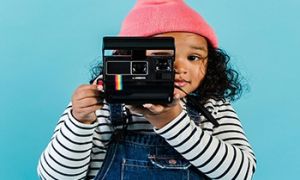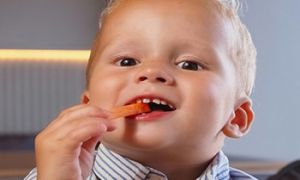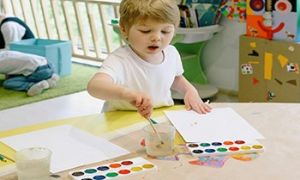The following is a cheat sheet for Quality Area 2. Quality Area 2 of the National Quality Standard (NQS) is the heartbeat of safe, responsive, and nurturing early childhood environments. It affirms that every child has the right to feel safe, be healthy, and thrive—physically, emotionally, and developmentally.
Key Standards & Elements
| Standard | Focus | Key Elements |
|---|---|---|
| 2.1 | Health | 2.1.1 Wellbeing and comfort 2.1.2 Health practices and procedures 2.1.3 Healthy lifestyle |
| 2.2 | Safety | 2.2.1 Supervision 2.2.2 Incident and emergency management 2.2.3 Child protection |
Detailed Breakdown of Standards & Elements
Standard 2.1 – Health
| Element | Focus | Practice Examples |
|---|---|---|
| 2.1.1 | Wellbeing & Comfort | Responsive sleep/rest routines, sensory regulation tools, trauma-informed transitions |
| 2.1.2 | Health Practices & Procedures | Daily hygiene rituals, illness tracking, medication logs, infection control audits |
| 2.1.3 | Healthy Lifestyle | Nutrition education, movement-rich play, hydration stations, culturally inclusive menus |
Standard 2.2 – Safety
| Element | Focus | Practice Examples |
|---|---|---|
| 2.2.1 | Supervision | Risk-aware zoning, active scanning, proximity strategies, real-time ratio tracking |
| 2.2.2 | Incident & Emergency Management | Fire drills, lockdown rehearsals, allergy action plans, staff debrief protocols |
| 2.2.3 | Child Protection | Mandatory reporting training, protective education, safe relationships curriculum, staff code of conduct alignment |
Sector-Specific Reflection Prompts
- How do our routines support both physical and emotional regulation for children?
- Are our supervision strategies trauma-informed and inclusive of neurodiverse needs?
- Do educators feel psychologically safe to raise concerns or report incidents?
- How do we embed protective education in play-based, age-appropriate ways?
What Meeting the NQS Looks Like
- Health Practices: Daily routines support hygiene, nutrition, rest, and physical activity.
- Supervision: Active, intentional, and risk-aware supervision strategies.
- Emergency Preparedness: Clear procedures, rehearsals, and staff confidence in managing incidents.
- Child Protection: Staff understand mandatory reporting, trauma-informed practice, and protective education.
Reflection Prompts for Teams
- How do we embed health and safety into everyday routines?
- Are our supervision strategies responsive to individual child needs and environmental risks?
- Do all educators feel confident in managing emergencies and reporting concerns?
- How do we empower children to understand and express their right to feel safe?
Compliance & Risk Flags to Monitor
- Inconsistent supervision logs or ratio breaches
- Gaps in staff training on child protection or emergency procedures
- Outdated health policies or missing incident documentation
- Lack of child voice in well-being routines or safety planning
Empowerment Layer for Educators
- “You are the frontline of safety. Your intuition, vigilance, and care shape a child’s sense of security.”
- “Every moment of comfort you offer is a protective factor. Every routine you refine is a safeguard.”
Tools for Practice & Advocacy
- ACECQA’s Occasional Paper on QA2 – deep dive into jurisdictional trends, enforcement actions, and sector challenges
Quick Wins for Compliance
- Review and update health policies regularly using ACECQA’s QA2 guide
- Use QA2 checklists for internal audits
- Display QA2 posters in staff areas for quick reference
Further Reading
How To Achieve Quality Area 2
Exceeding Guidance For Quality Area 2
Reflection Questions For Quality Area 2
Practical Examples Of NQS Quality Area 2
Documentation Services Require To Support Quality Area 2
Critical Reflection Questions For NQS QA2


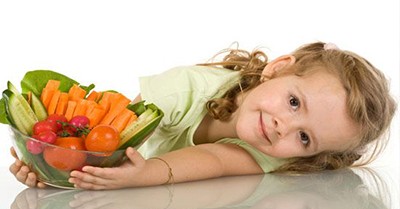


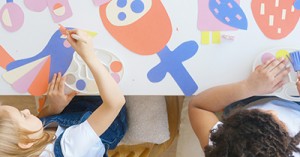

 Here is the list of the EYLF Learning Outcomes that you can use as a guide or reference for your documentation and planning. The EYLF
Here is the list of the EYLF Learning Outcomes that you can use as a guide or reference for your documentation and planning. The EYLF The EYLF is a guide which consists of Principles, Practices and 5 main Learning Outcomes along with each of their sub outcomes, based on identity,
The EYLF is a guide which consists of Principles, Practices and 5 main Learning Outcomes along with each of their sub outcomes, based on identity, This is a guide on How to Write a Learning Story. It provides information on What Is A Learning Story, Writing A Learning Story, Sample
This is a guide on How to Write a Learning Story. It provides information on What Is A Learning Story, Writing A Learning Story, Sample One of the most important types of documentation methods that educators needs to be familiar with are “observations”. Observations are crucial for all early childhood
One of the most important types of documentation methods that educators needs to be familiar with are “observations”. Observations are crucial for all early childhood To support children achieve learning outcomes from the EYLF Framework, the following list gives educators examples of how to promote children's learning in each individual
To support children achieve learning outcomes from the EYLF Framework, the following list gives educators examples of how to promote children's learning in each individual Reflective practice is learning from everyday situations and issues and concerns that arise which form part of our daily routine while working in an early
Reflective practice is learning from everyday situations and issues and concerns that arise which form part of our daily routine while working in an early Within Australia, Programming and Planning is reflected and supported by the Early Years Learning Framework. Educators within early childhood settings, use the EYLF to guide
Within Australia, Programming and Planning is reflected and supported by the Early Years Learning Framework. Educators within early childhood settings, use the EYLF to guide When observing children, it's important that we use a range of different observation methods from running records, learning stories to photographs and work samples. Using
When observing children, it's important that we use a range of different observation methods from running records, learning stories to photographs and work samples. Using This is a guide for educators on what to observe under each sub learning outcome from the EYLF Framework, when a child is engaged in
This is a guide for educators on what to observe under each sub learning outcome from the EYLF Framework, when a child is engaged in The Early Years Learning Framework describes the curriculum as “all the interactions, experiences, activities, routines and events, planned and unplanned, that occur in an environment
The Early Years Learning Framework describes the curriculum as “all the interactions, experiences, activities, routines and events, planned and unplanned, that occur in an environment